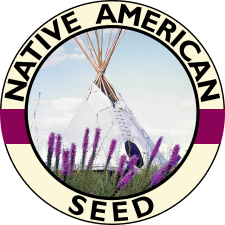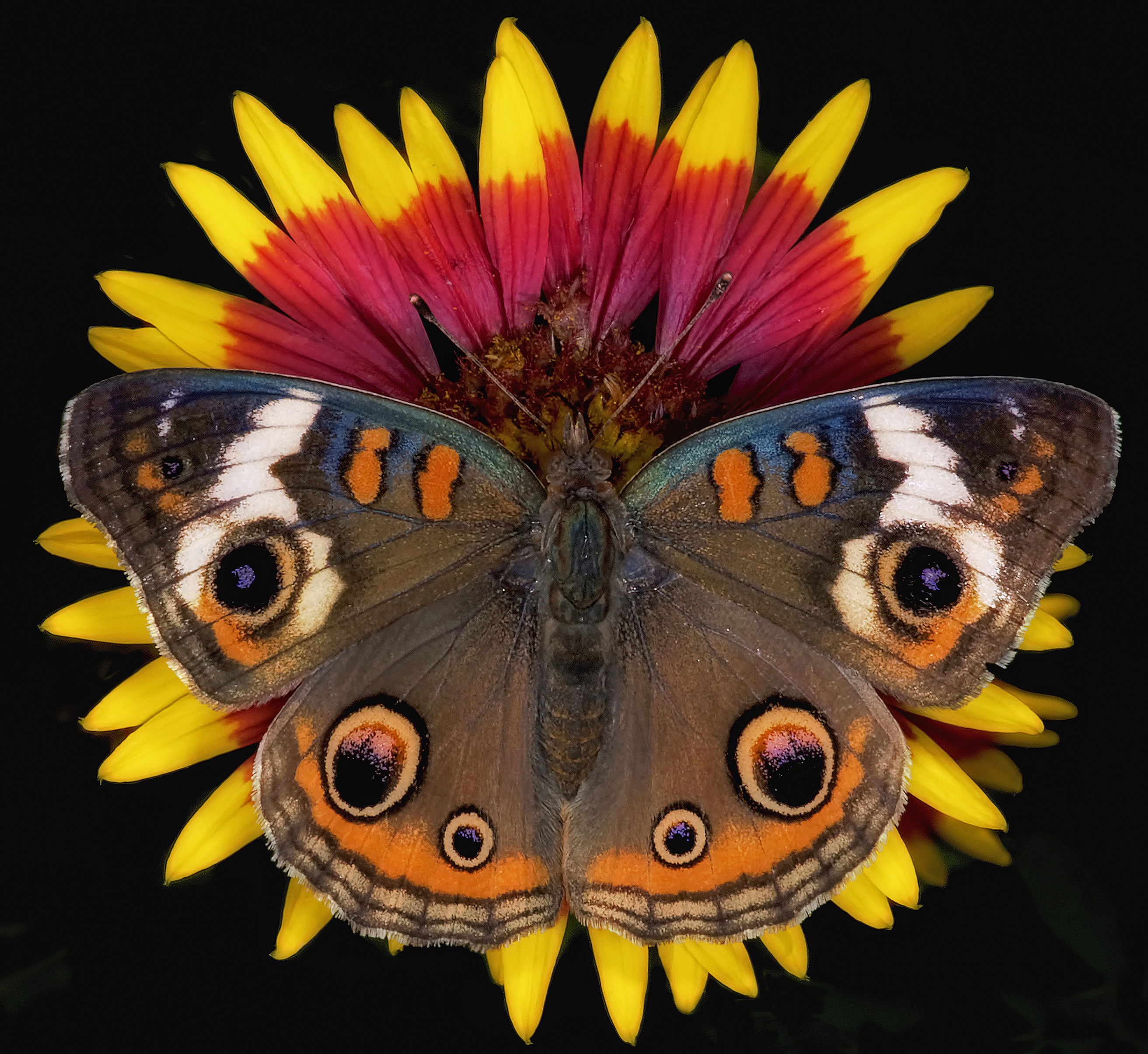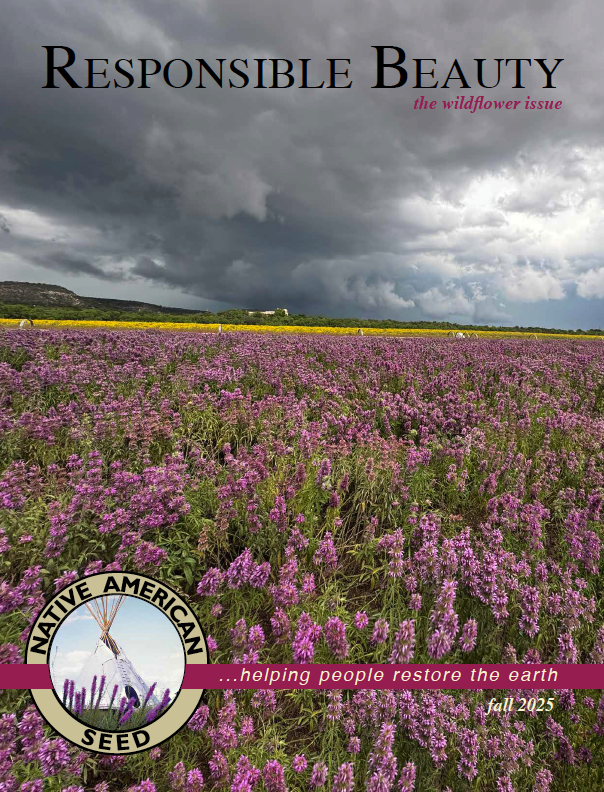100% Pure Natives
Long before beginning Native American Seed in 1988, we had already dedicated our work to restoring integrity in relationships between people, wildlife, land, water and plants. The work has always been about connections of all kinds...among all the relative beings. The integrity of our seeds comes from the natives only that we grow. We are thankful for your interest in our work.
Native American Seed is committed to offering 100% Native, American Grown, Free of Invasive Species. We encourage you to research, plant, save and share our seeds. We do not accept or appreciate GMO, patenting, licensing, or royalties. Seeds are the essence of life.
Shop Natives


